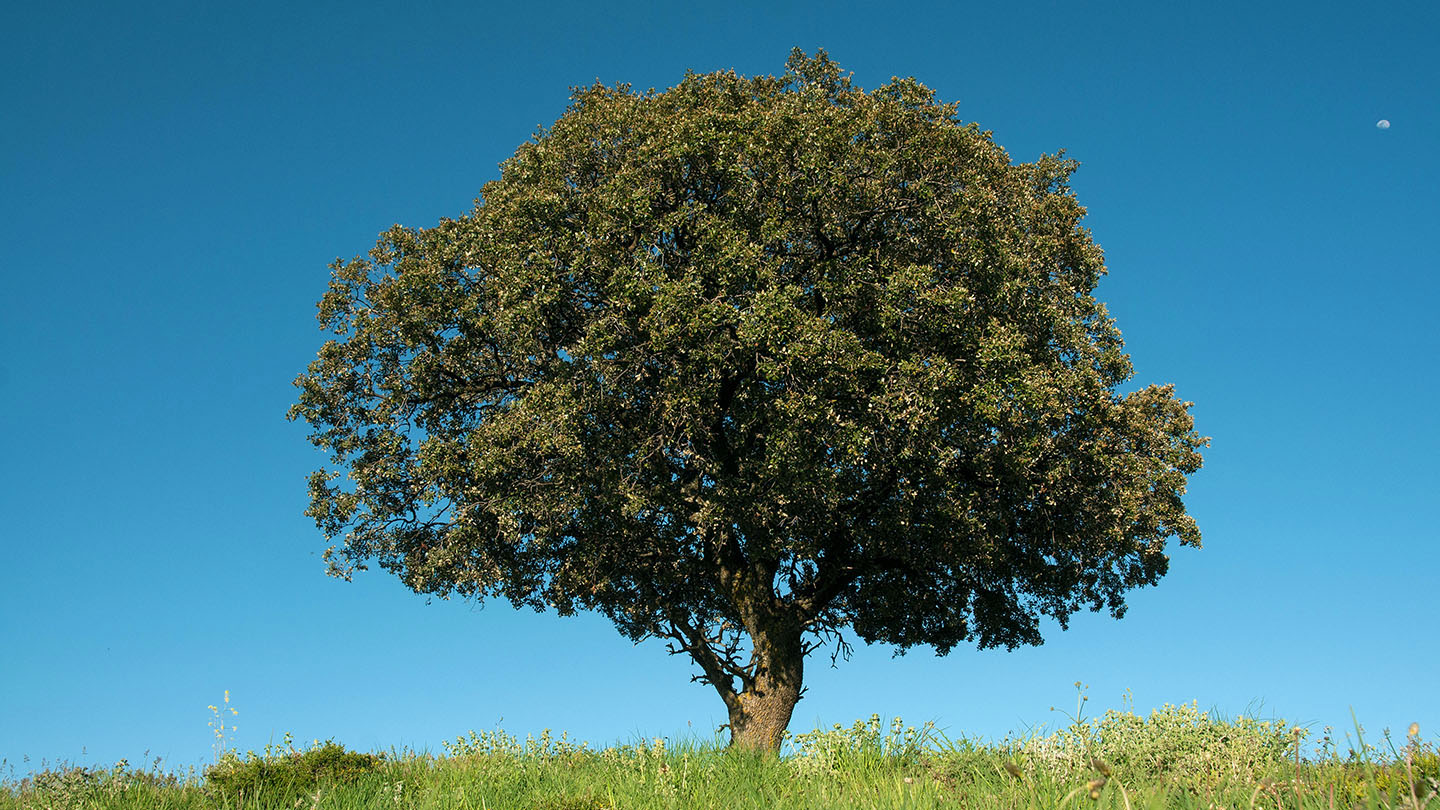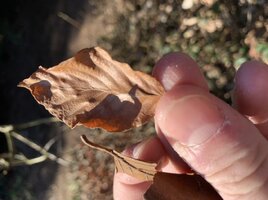AverageWhiteBloke
Member
No worries mate no offence taken. I think the crux of the thread is doesn't matter which way we get these beneficial substances @Guest mentions in our tank. Obviously picking leaves is the best option because it's free and you get a nice walk out into the bargain. I just bought some bottled in much the same way tropica will bottle some salts for you 😉Sorry, my 'peat extract' comment above wasn't a negative one
The main reason I bought mine was because I'd travelled 30miles to my nearest ma and they didn't have the fish I wanted so bought it to cheer myself up.









